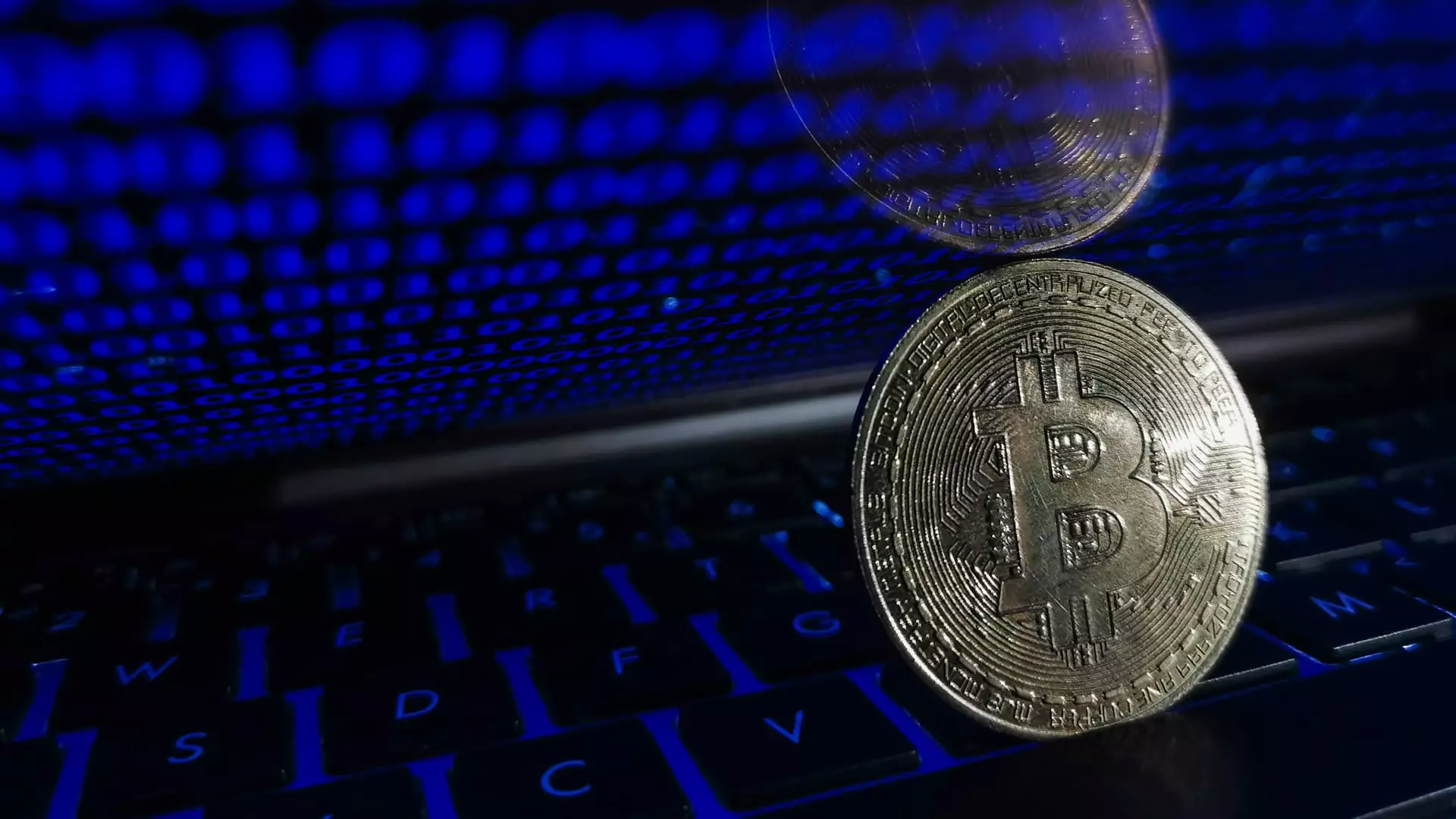In recent months, the disturbing escalation of crypto thefts exposes the fragility of digital assets as a safe haven. The staggering loss of $2.17 billion in the first half of 2025 signals more than just criminal activity—it’s a profound indictment of how unregulated and insecure the crypto space remains. This surge, surpassing previous years’ losses and threatening to hit $4 billion by year’s end, underscores a systemic failure to safeguard the burgeoning digital economy. While advocates tout cryptocurrencies as revolutionary tools for financial freedom, the reality is that their unregulated nature has made them an irresistible target for organized crime groups worldwide.
This phenomenon reveals an inconvenient truth: as the value of cryptocurrencies continues to soar, so does the appetite of malicious actors. The large-scale heist on Dubai’s Bybit exchange, amounting to a whopping $1.5 billion, exemplifies how sophisticated cybercriminals, often linked to state-sponsored entities like North Korea, exploit vulnerabilities with alarming precision. The sheer scale of these attacks demonstrates that accountability and security are often afterthoughts, leaving ordinary investors and institutions exposed to devastating financial losses. The narrative that crypto is “self-regulating” and inherently secure is increasingly hard to maintain when con artists and hackers are outpacing security measures.
The Perilous Shift from Digital to Physical Threats
What makes this wave of financial plunder particularly disturbing is the alarming rise in physical violence and coercion aimed at crypto holders and their families. Reports of kidnappings, assaults, and even brutal attacks linked directly to crypto wealth are a sinister evolution of the cybercrime landscape. The kidnapping of high-profile crypto entrepreneurs, with attackers resorting to violence and mutilation—such as cutting off fingers—illustrates how greed and desperation drive criminals to extremes. These acts are not merely criminal; they are barbaric, exposing the dark underbelly of crypto wealth that is increasingly attracting dangerous attention.
This escalation highlights a critical flaw: the perception that crypto is a purely digital phenomenon has neglected the real-world risks faced by those with significant holdings. As crypto wealth accumulates and social media influencers flaunt lavish lifestyles, the danger has multiplied. Targeted attacks are becoming more brazen, turning what should be a realm of innovation into a dangerous zone where physical security is just as vital as cybersecurity. This shift demands a reevaluation of how we approach the safety of digital wealth—it is no longer enough to rely on passwords and encryption; physical security measures must become an integral part of the conversation.
The Illusion of Security in a Rapidly Growing Ecosystem
The rise of thefts, both cyber and physical, is intricately linked to the rapid growth and mainstream adoption of cryptocurrencies. As more people and institutions embrace digital currencies, the reward pool for criminals expands accordingly. Chainalysis’ research indicates that attackers are shifting tactics; when security measures for platforms improve, criminals pivot to targeting individual wallets. This strategic reallocation reinforces a grim reality: no matter how advanced security practices become, malicious actors adapt relentlessly.
Furthermore, the increase in stolen assets is often accompanied by a distorted sense of wealth. Cryptocurrencies have created a new class of digital “millionaires,” whose wealth is highly visible and accessible. Yet, this visibility breeds envy and temptation, fueling criminal endeavors. The social media glorification of crypto influencers, flaunting their luxuries, amplifies this problem by making wealth appear more accessible—and more inviting to danger. The combination of high net worth and public exposure creates a perfect storm where criminal enterprises perceive easy pickings.
In the broader context, these violent and cyber heists threaten to undermine the credibility of cryptocurrencies as a legitimate investment and payment system. If the reputation of crypto as an unhackable, private means of wealth sustains such blows, mainstream adoption may stagnate. Policymakers, innovators, and consumers alike should recognize that the unchecked growth of crypto can foster a dangerous environment—one where crime flourishes and the societal trust in digital assets begins to erode. It’s a sobering reminder that technological progress alone cannot shield us from the darker impulses of human nature. If we want a sustainable and equitable digital economy, then regulations and security standards must evolve to meet these mounting threats—before the damage becomes irreversible.

Leave a Reply